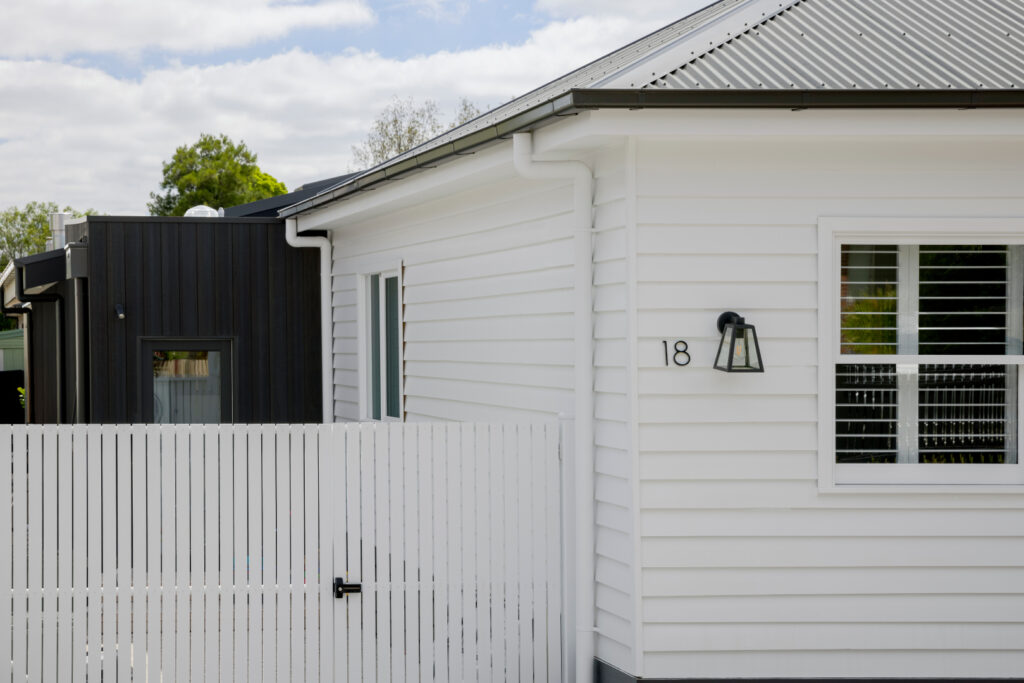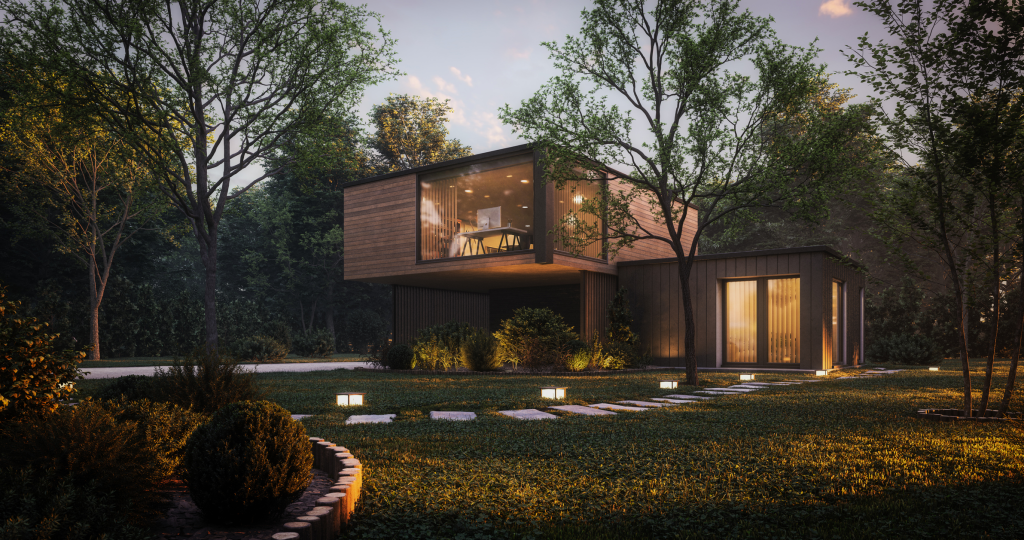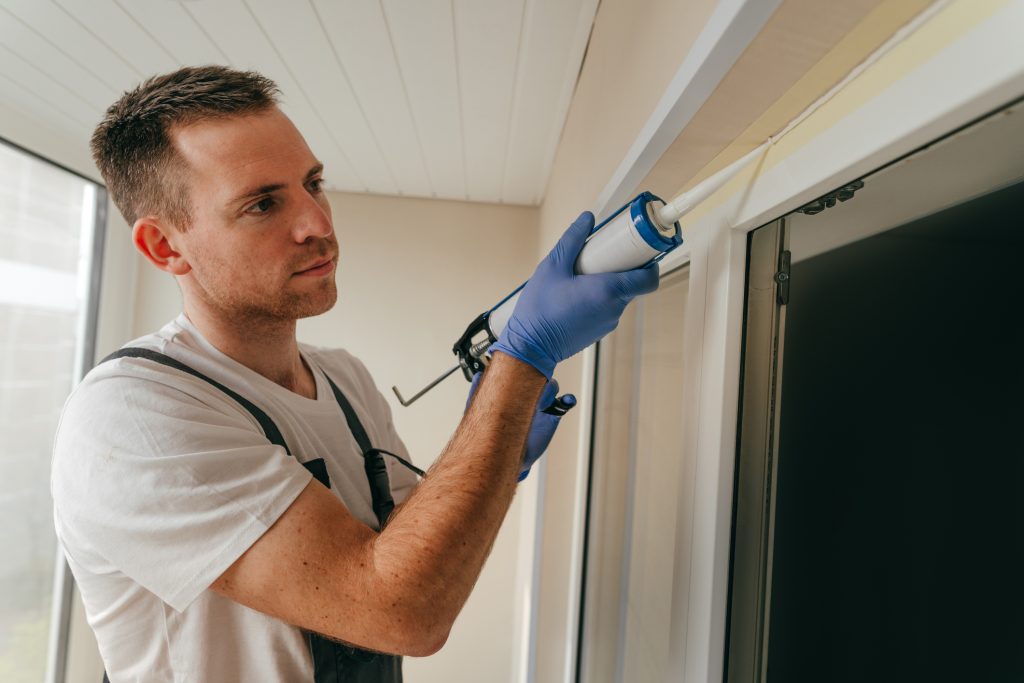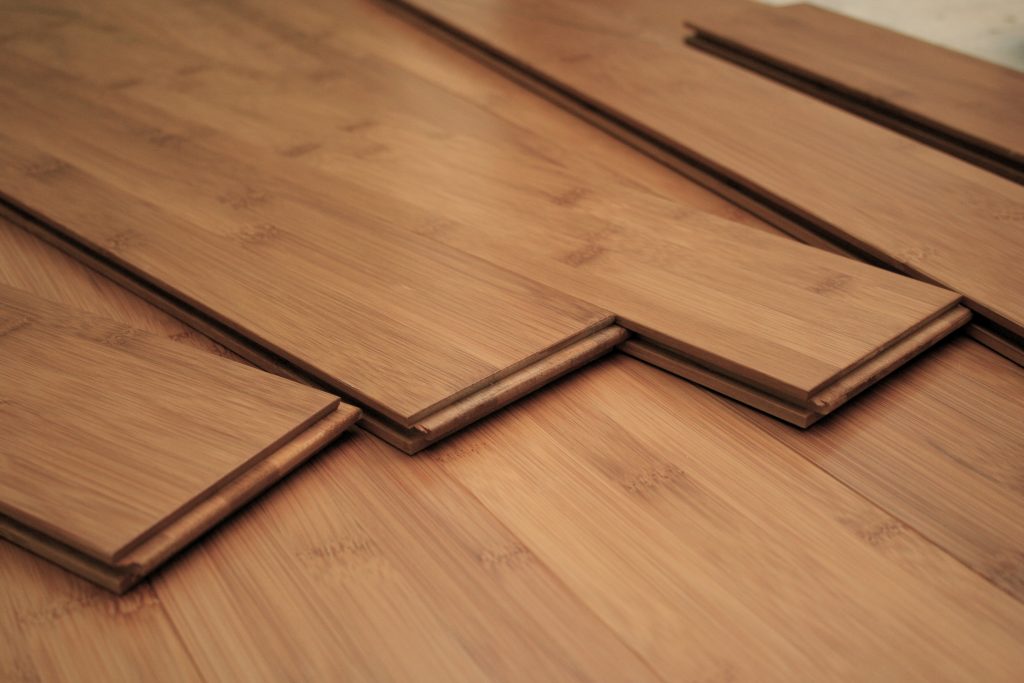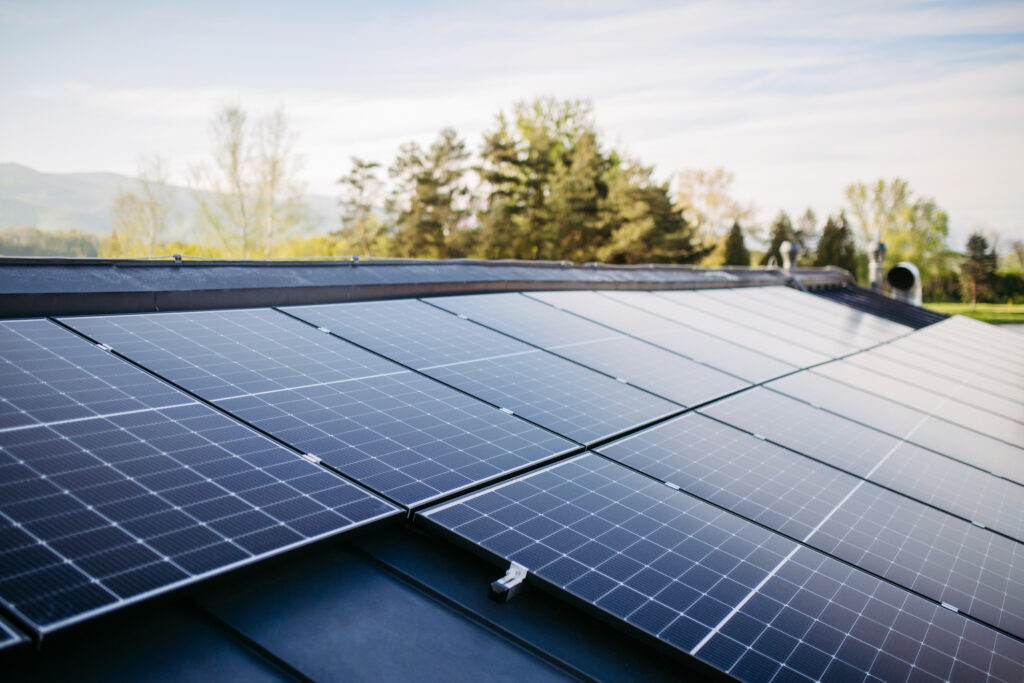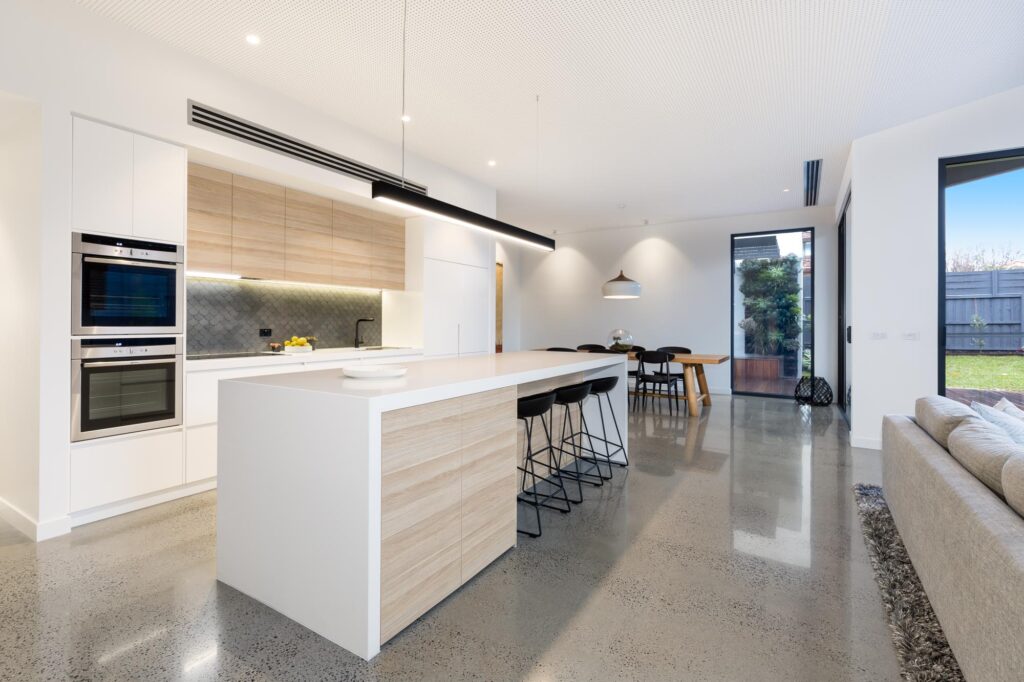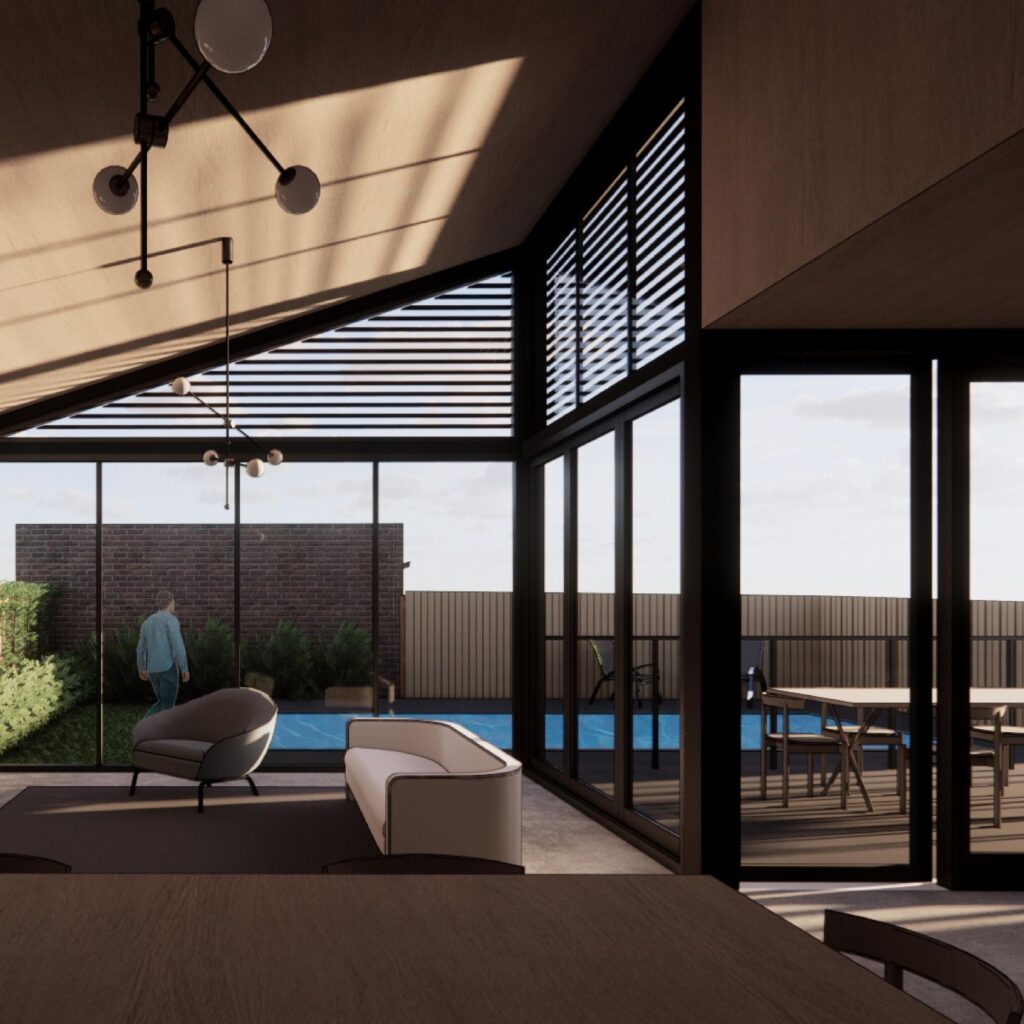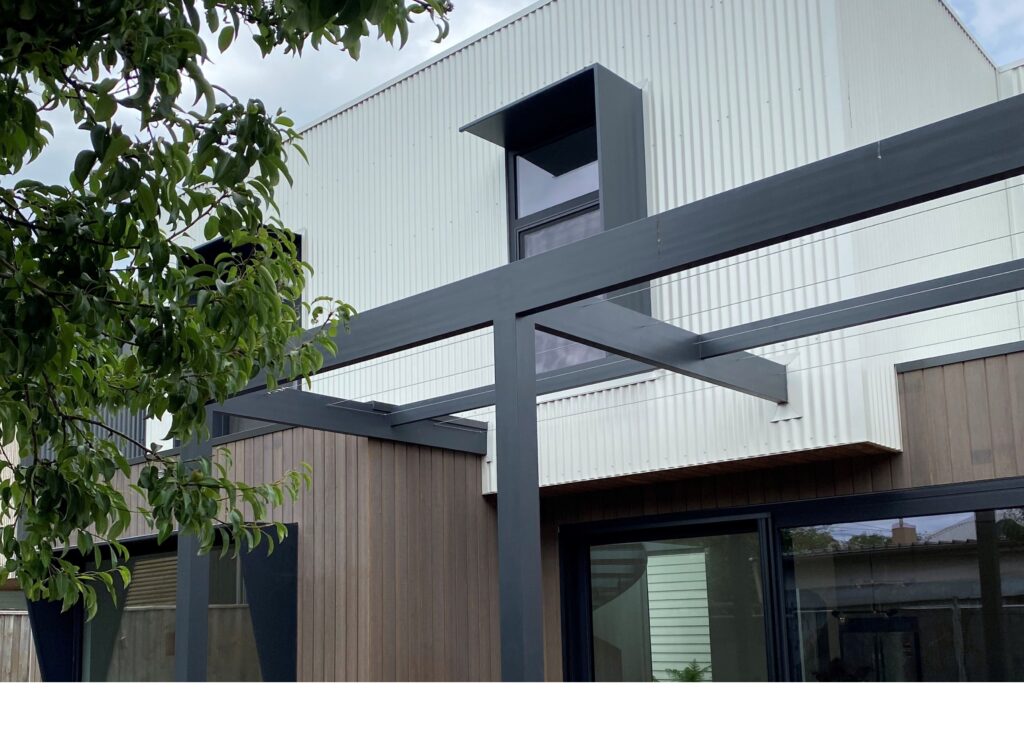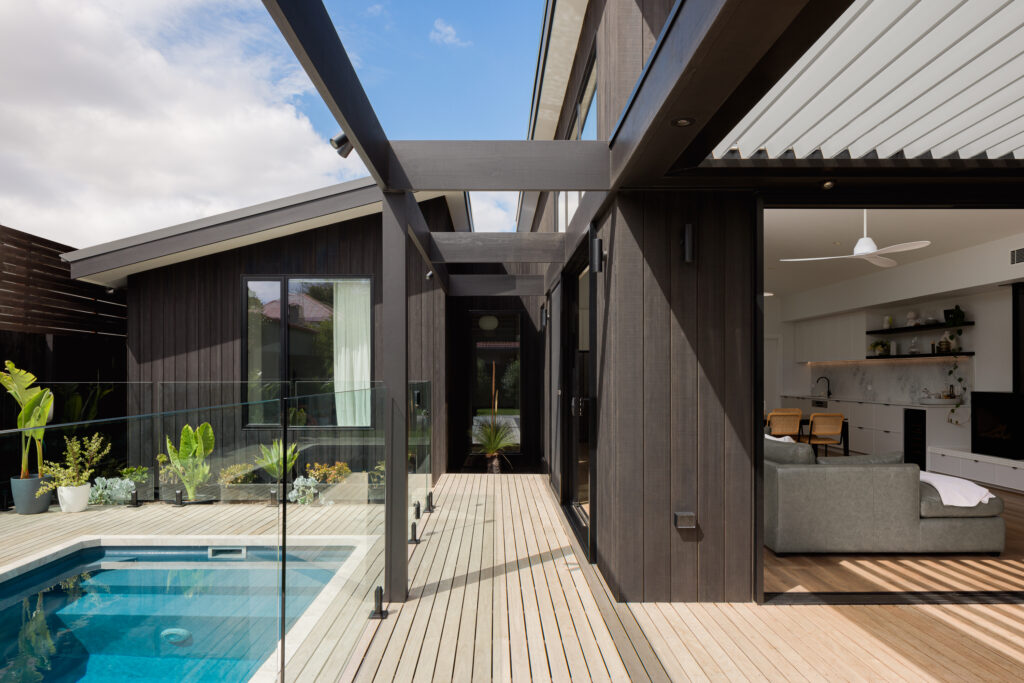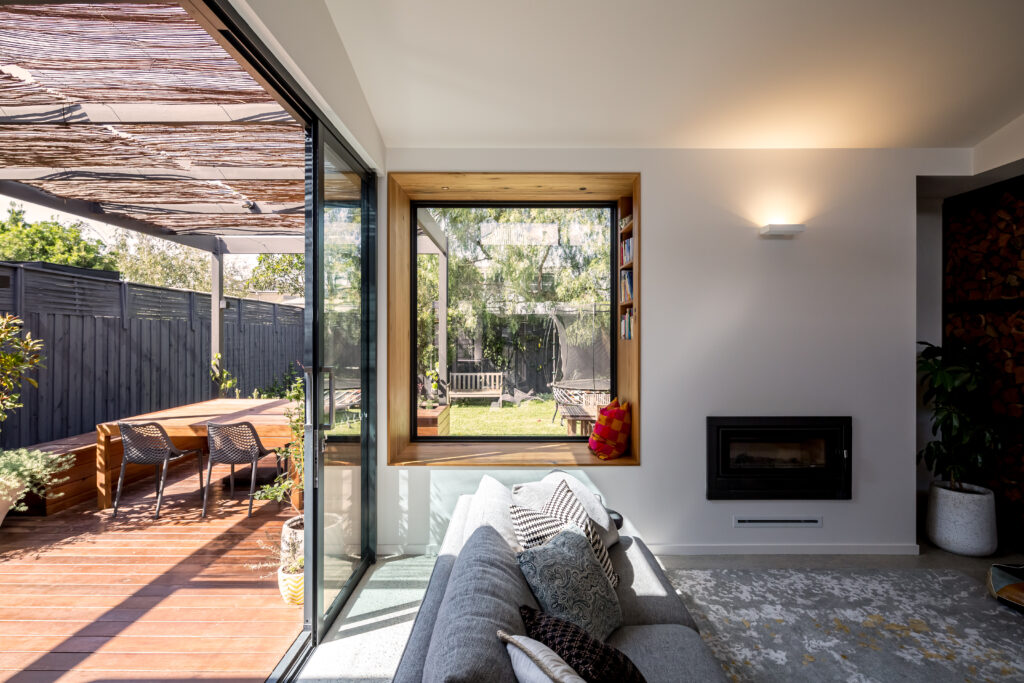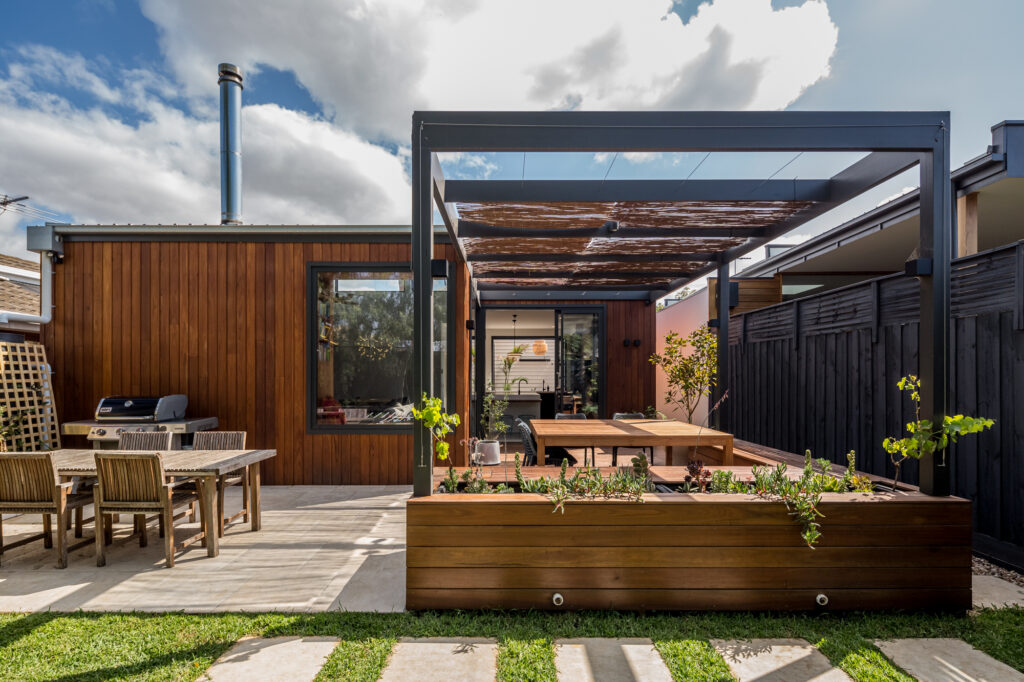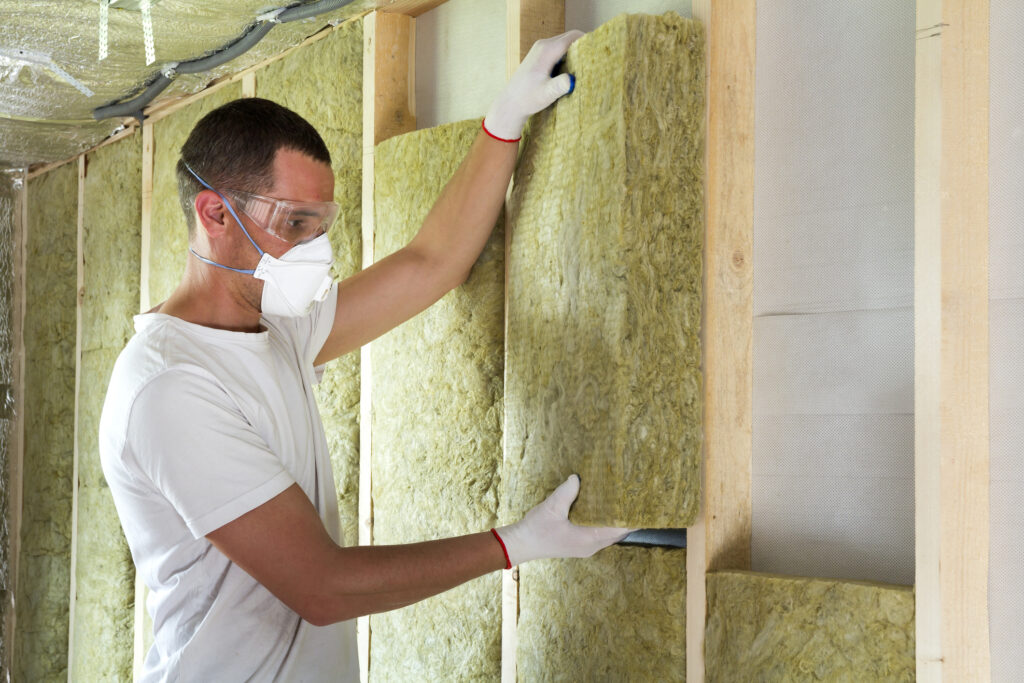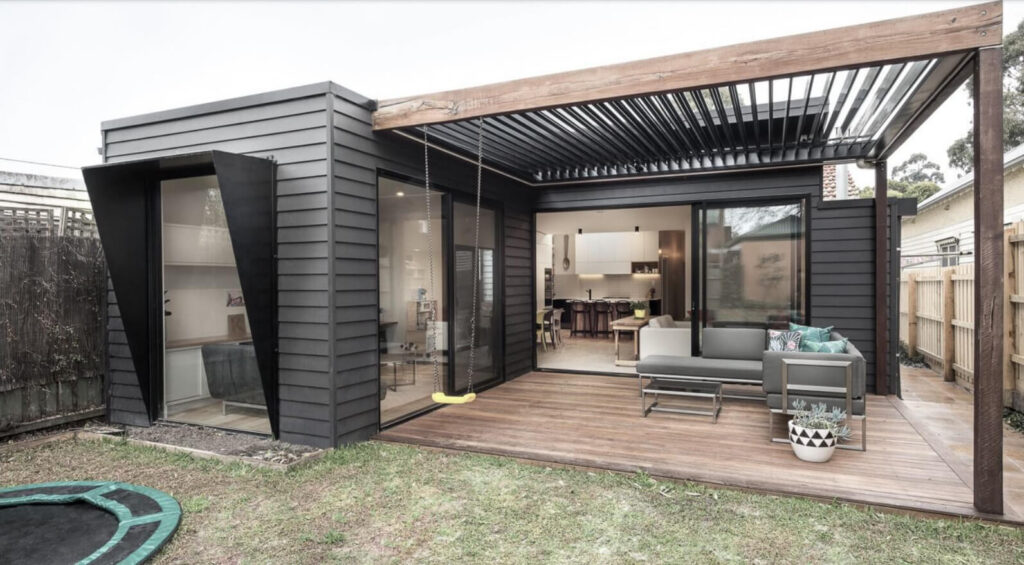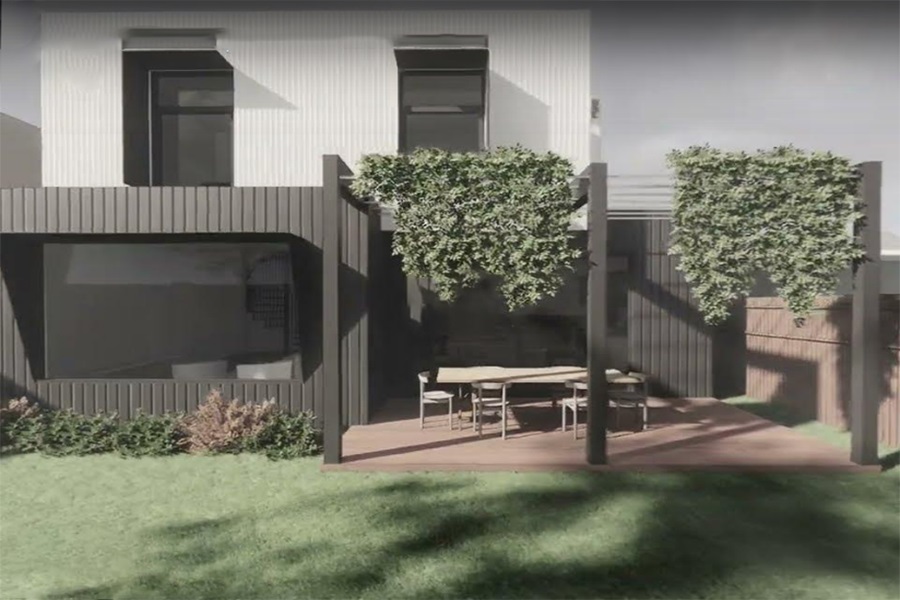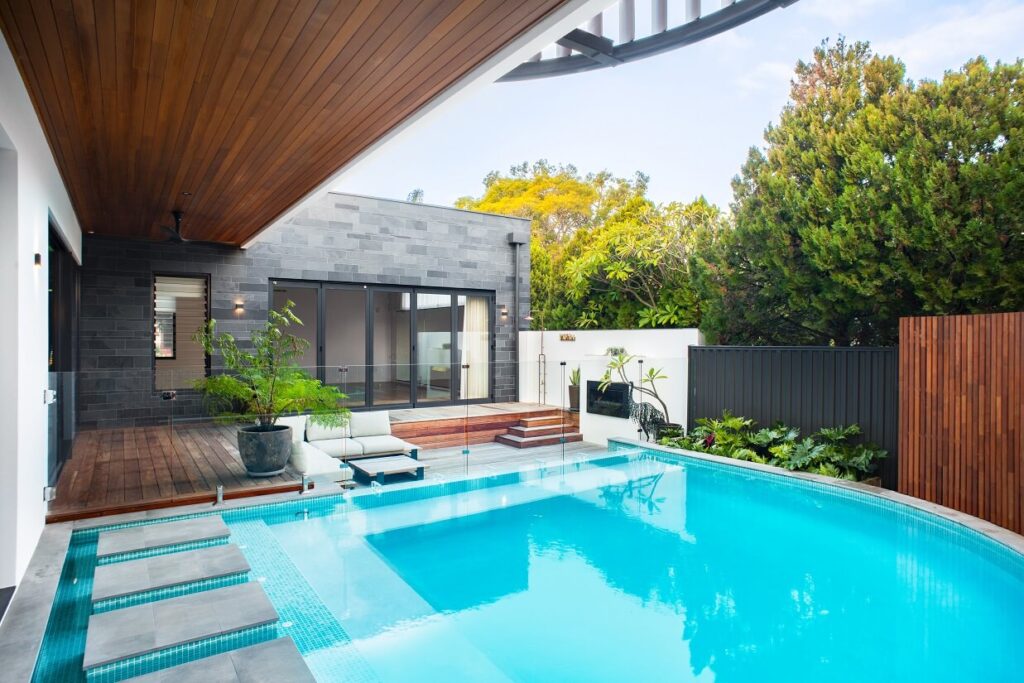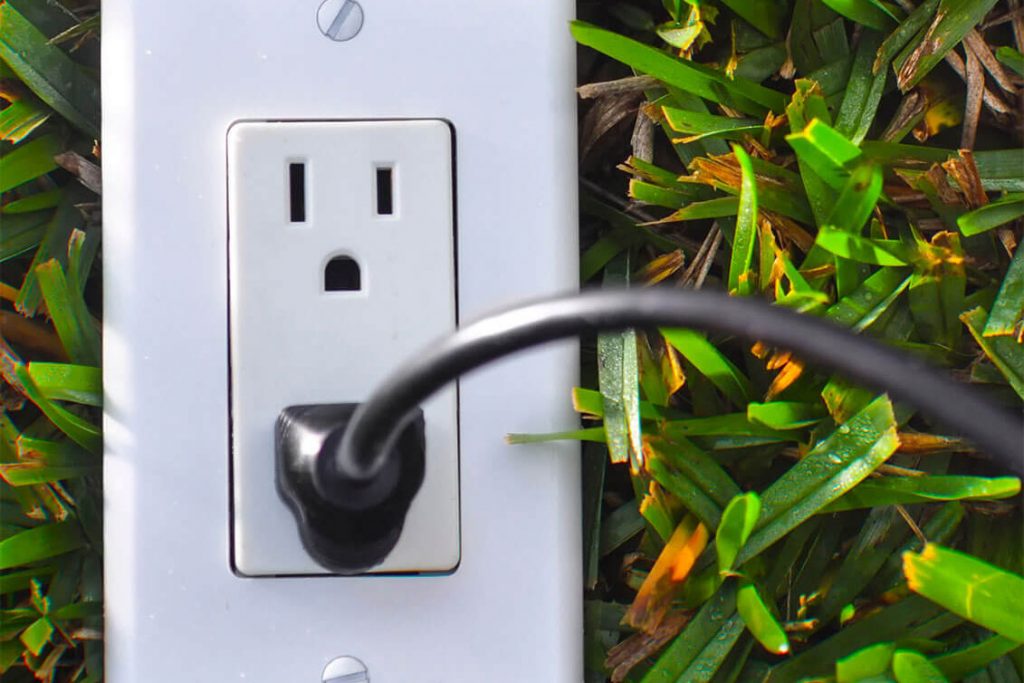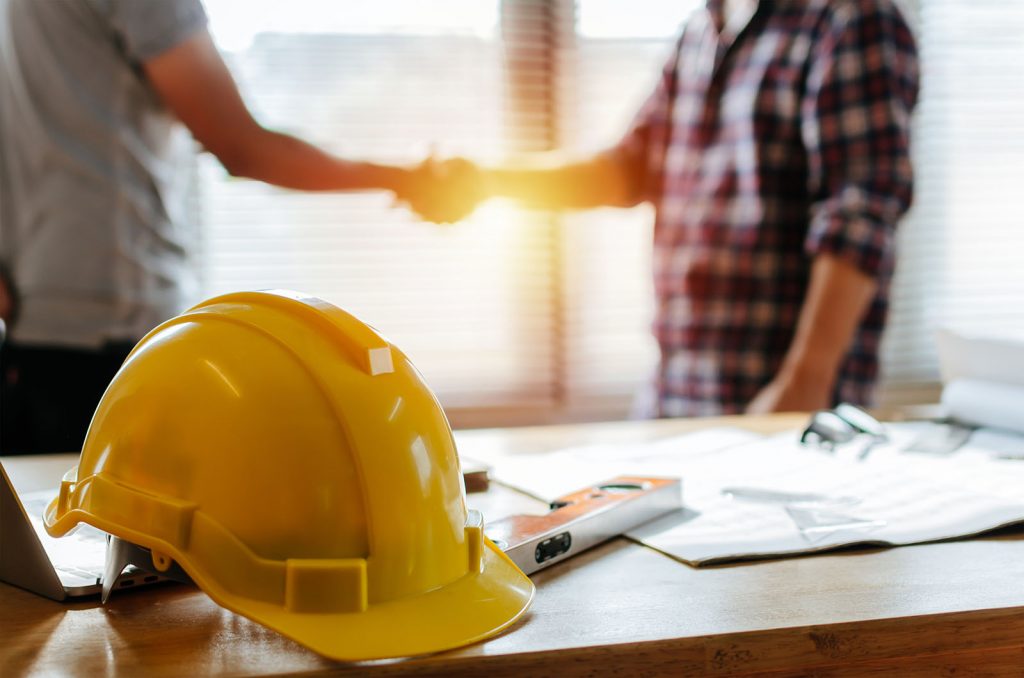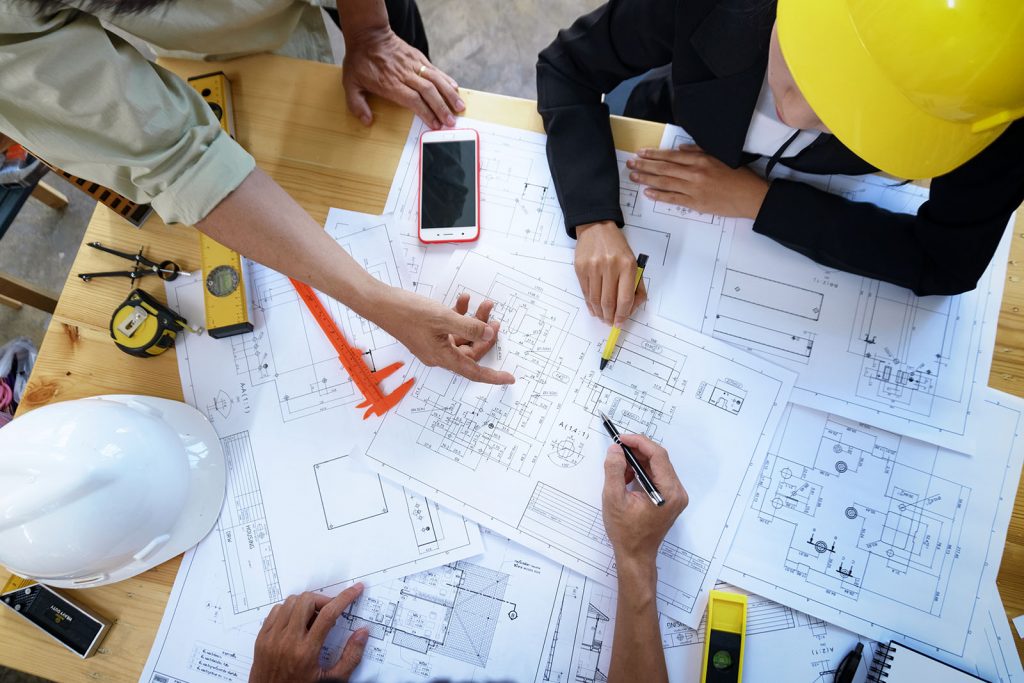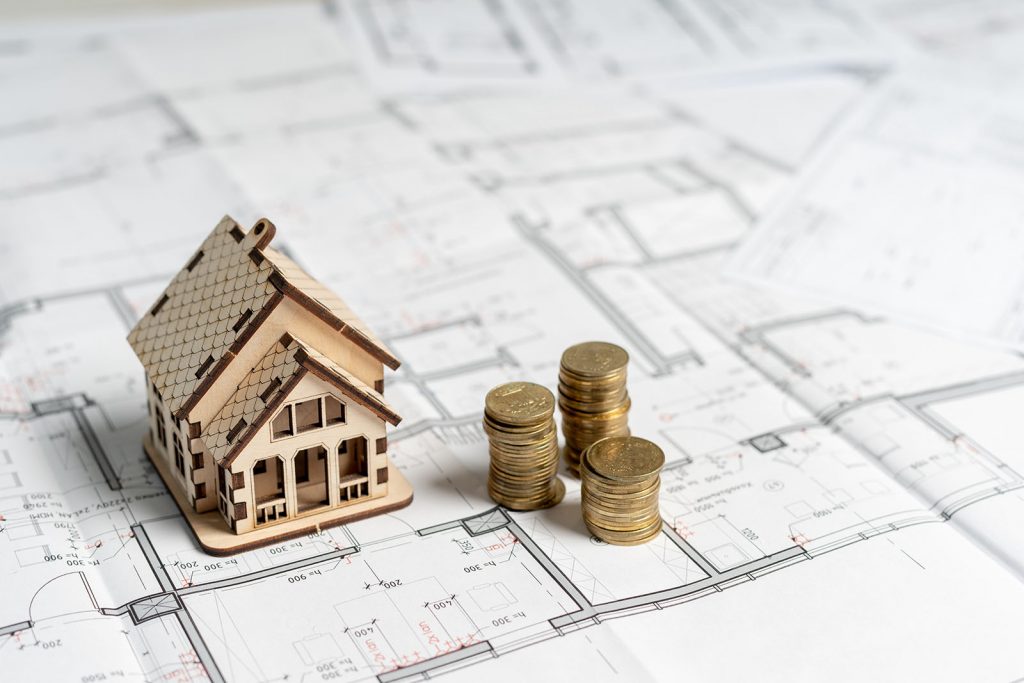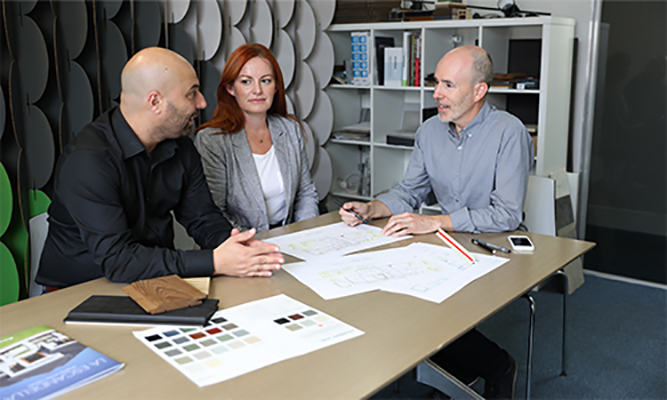In today’s world, where the charm of nature often gets overshadowed by the concrete jungle, designing an energy-efficient home is not just a trend – it’s a necessity. If you’re considering how to design an energy-efficient home, you’re not only taking a step towards a sustainable future but also embracing a lifestyle that’s both cost-effective and harmonious with the environment. In this context, the use of sustainable materials is a cornerstone in creating homes that are not just structures, but sanctuaries of eco-friendly living.
The Foundation of Sustainability: Choosing the Right Materials
When it comes to energy-efficient home design, the materials you choose play a pivotal role. These materials are not just about aesthetics; they embody the ethos of sustainability. From the insulation in your walls to the shingles on your roof, every component contributes to the overall energy efficiency of your home.
Insulation – The Unsung Hero
Insulation is the unsung hero of energy-efficient homes. Opting for materials like sheep’s wool, recycled denim, or even more innovative options like aerogel can significantly reduce your energy bills. These materials not only keep your home warm in winter and cool in summer but also have a lower environmental impact compared to traditional fibreglass insulation.
Windows – Your Gateway to Efficiency
In an article by RenoQuotes, it referenced Energy.gov which explained that the amount of heat gained and lost through windows accounts for 25 to 30% of the energy consumption required to improve thermal comfort in our homes. The majority of this heat loss could be avoided with the help of decent insulation. The right windows can transform your home into a bastion of efficiency. Double or triple-glazed windows filled with inert gases like argon offer superior insulation. Materials like fibreglass, vinyl, or wood composites for frames provide longevity and further energy savings.
Sustainable Building Materials
From bamboo flooring to recycled metal roofs, the choices for sustainable building materials are vast and varied. Bamboo, being a fast-growing grass, is a fantastic renewable resource for flooring and cabinetry. Recycled metal roofing, while initially more expensive, lasts longer and is fully recyclable, making it a wise investment for the future.
Harnessing Renewable Energy
According to a blog by Future Learn, renewable energy comes from energy sources that replenish themselves, and is, therefore, naturally sustainable. For example, sunlight and wind are not powered by anything other than nature, and so we can always rely on them to create energy – so long as the weather permits it. Incorporating renewable energy sources like solar panels can drastically reduce your dependence on non-renewable energy. While solar panels require an upfront investment, the long-term savings on electricity bills and the contribution to a greener planet are invaluable.
Water Conservation Techniques
Water conservation is a critical component of an energy-efficient home. Rainwater harvesting systems and low-flow fixtures in bathrooms and kitchens can significantly reduce water usage. Greywater systems, which reuse water from sinks and showers for irrigation, are an ingenious way to maximise water efficiency.
Smart Home Technologies
Integrating smart home technologies like programmable thermostats, LED lighting, and energy-efficient appliances further bolsters your home’s energy efficiency. These technologies not only make life more convenient but also go a long way in reducing your carbon footprint.
“The advance of technology is based on making it fit in so that you don’t really even notice it, so it’s part of everyday life.” – Bill Gates, the Co-founder of Software Giant Microsoft
The Aesthetic of Sustainability
Designing an energy-efficient home doesn’t mean compromising on style. Sustainable materials bring a unique aesthetic that blends modern design with eco-consciousness. The use of natural materials like stone, wood, and clay can create a space that’s both contemporary and timeless.
“I always loved aesthetics. Not particularly fashion, but an idea of beauty.” – Miuccia Prada, an Italian Billionaire Fashion Designer
Mesh Design Projects – Melding Sustainability with Style
In Melbourne, a city known for its vibrant architecture and dynamic lifestyle, Mesh Design Projects stands out as a beacon of sustainable and innovative home design. We understand that a home is more than just a place to live – it’s a statement of your values and your vision for the future.
Designing an energy-efficient home with sustainable materials is an investment in the future – both yours and the planet’s. By choosing the right materials, incorporating renewable energy sources, and embracing smart technologies, you can create a home that is not only efficient and cost-effective but also a testament to your commitment to sustainability.
And if you’re in Melbourne and looking for a partner to bring your sustainable home vision to life, check out Mesh Design Projects. With our expertise in contemporary, energy-efficient home design, we can guide you through every step of creating a home that’s as stylish as it is sustainable.
Schedule a free consultation with Mesh Design Projects and step into the future of green living.
FAQs
What are the best materials for energy-efficient home construction?
Sustainable materials like bamboo, recycled metal, and energy-efficient insulation options such as sheep’s wool and recycled denim are ideal. These materials not only reduce environmental impact but also enhance the energy efficiency of your home.
How does insulation contribute to home energy efficiency?
Proper insulation keeps your home warm in winter and cool in summer, reducing the need for excessive heating or cooling. Materials like aerogel, sheep’s wool, or recycled denim provide excellent thermal resistance and lower energy bills.
What type of windows should I choose for an energy-efficient home?
Double or triple-glazed windows filled with inert gases like argon offer superior insulation. Opt for frames made of fibreglass, vinyl, or wood composites for enhanced energy savings and durability.
Can renewable energy sources be integrated into home design?
Absolutely! Incorporating solar panels is a popular choice. They significantly reduce reliance on non-renewable energy, offering long-term savings and environmental benefits.
What are effective water conservation techniques for homes?
Implementing rainwater harvesting systems, installing low-flow fixtures, and using greywater systems for irrigation are excellent ways to conserve water in your energy-efficient home.
How do smart home technologies improve energy efficiency?
Smart technologies like programmable thermostats, LED lighting, and energy-efficient appliances help manage energy use more effectively, reducing costs and environmental impact.
Are energy-efficient homes more expensive to build?
While the initial investment might be higher due to the cost of sustainable materials and technologies, the long-term savings in energy bills and environmental benefits often outweigh the initial costs.
Can energy-efficient homes also be stylish and contemporary?
Definitely! Sustainable materials bring a unique aesthetic that blends modern design with eco-consciousness. Energy-efficient homes can be both stylish and functional, reflecting contemporary living ideals.
Ready to turn your dream of an energy-efficient home into reality? ? Schedule a free consultation with our experts at Mesh Design Projects. Let’s create a sustainable and stylish home tailored just for you!
